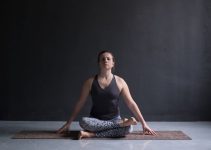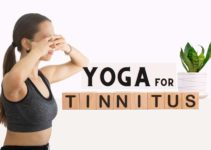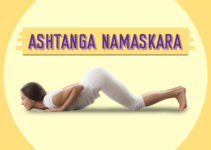- Meaning
- Contraindications
- How to Do
- Precautions
- Modifications
- Variations
- Therapeutic Applications
- Chakrasana Benefits
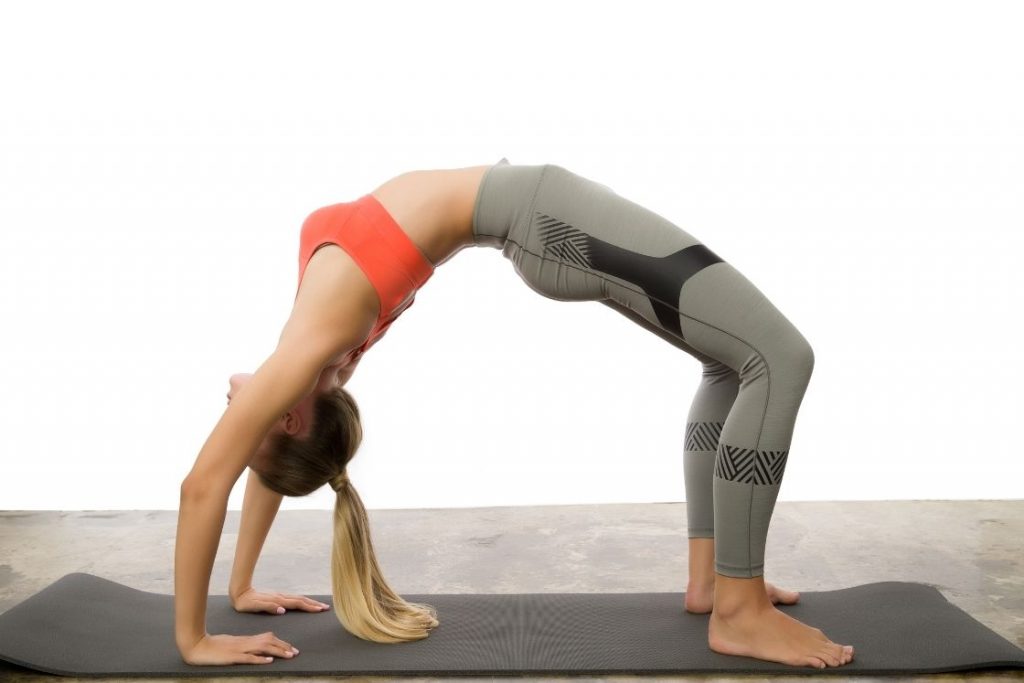
Chakrasana or wheel pose is one of the yoga poses that acts as a full-body stimulator. It is the first pose of the concluding series in the Ashtanga Vinyasa Yoga.
Intermediate practitioners can perform it lying in the prone position with bent knees and feet on the floor. The hands are placed near ears with fingers pointing towards shoulders. It is followed by lifting the entire body balanced on the palms and feet on the floor.
Alternatively, the advanced practitioners generally attain the posture by arching back from tadasana, opening the chest, and reaching the floor with the palms.
Getting into the wheel pose requires immense strength in the shoulders, arms, neck, chest, lower back, legs, and feet.
It stretches the body focusing on the spine, neck, chest, abdomen, arms, and legs. It also provides the benefits of an inverted posture to the entire body.
Chakrasana Meaning
Chakrasana is derived from Sanskrit as “chakra” refers to “wheel”, and “asana” is “pose”. The body in this pose due to the backward arch resembles a wheel, hence the name.
It is also named as urdhva dhanurasana, as the body flexed at the back imitates an upward-facing bow.
It is a great posture to improve entire spine flexibility and strength.
The history associated with chakrasana is traced back to the 19th century in Sritattvandhi. There it is mentioned by the named of Paryankasana, i.e. couch pose.
Besides yoga, it forms a major part of acrobatics and gymnastics as a bridge position.
Chakrasana Practice Guide
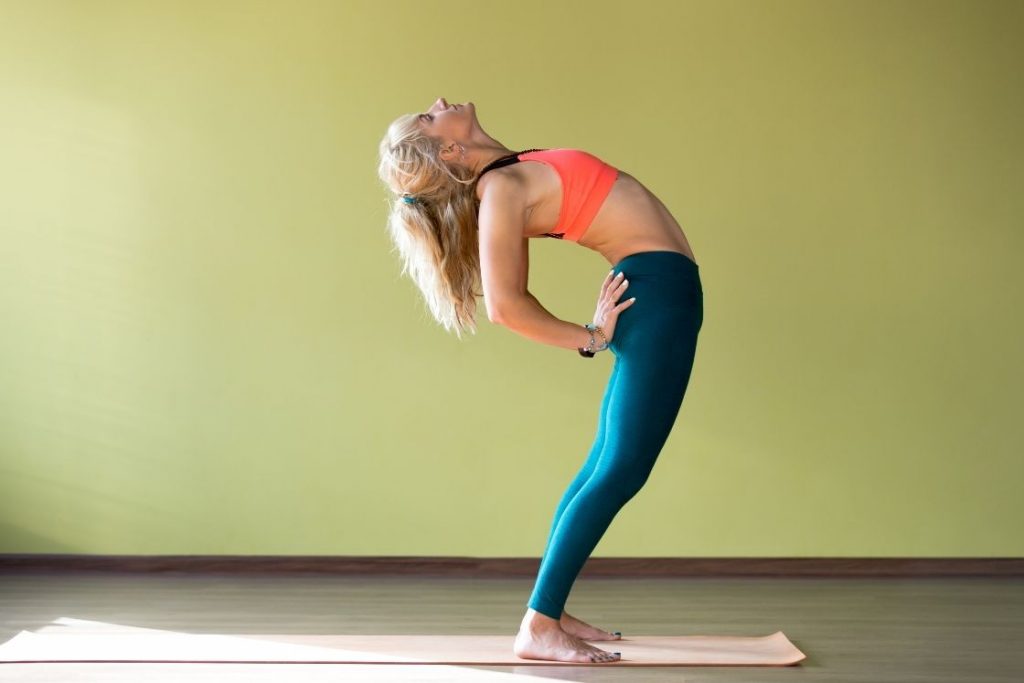
Include this amazing heart-opener pose with the following preparation and cautions in mind to make the most out of it.
Contraindications
- Do not indulge in this pose with injured arms, shoulders, neck, back, or hips.
- People with heart problems or abnormal blood pressure must avoid chakrasana.
- It is a big no for this pose if you have any severe back issues like cervical and lumbar spondylitis.
- Pregnant women should avoid this pose.
- Glaucoma patients must also refrain from this pose.
- Avoid it in case of a hernia.
- Do not try it with carpal tunnel syndrome or tendonitis.
- Headache and vertigo are not preferable conditions for this intense pose.
Preparatory Poses
- Sun-salutation (Surya namaskar)
- Cobra Pose (Bhujangasana)
- Upward-Facing Dog Pose (Urdhva Mukha Svanasana)
- Bridge Pose (Setu Bandhasana)
- Ardha Chandrasana (Half Moon Pose)
How to Do Chakrasana (Steps)

- Lie down on your back bending your knees with heels on the floor.
- Bring the palms near your ears with fingers pointing towards the shoulders.
- Inhale, pressing the palms to the floor to lift the pelvis, back, and abdomen with head supporting the upper body.
- As the entire body is lifted walk the palms towards the body.
- Straighten the arms and legs followed by lifting the head and trunk.
- Lift the heels of the floor by balancing on the toes and balls of the feet.
- Now lower the heels and hold this final pose as long as comfortably possible. Keep breathing while holding the pose.
- Exhale lowering the head and the lower body gradually to the floor.
- Straighten the arms, legs, and rest in Shavasana for 30 seconds.
Precautions
For safe and ideal practice of chakrasanaa, make sure you’re following points below;
- Ensure that the knees are not splaying more than the hid width.
- The chest must be opened fully without any compression in the lower back.
- The arms should be kept straight with muscles actively engaged while holding the posture.
Follow-up poses
- Half Lord of the Fishes Pose (Ardha Matsyendrasana)
- Reclining Hand-to-Big-Toe Pose (Supta Padangusthasana
- Corpse Pose (Shavasana)
- Wind Relieving Pose (Pawanmuktasana)
Modifications
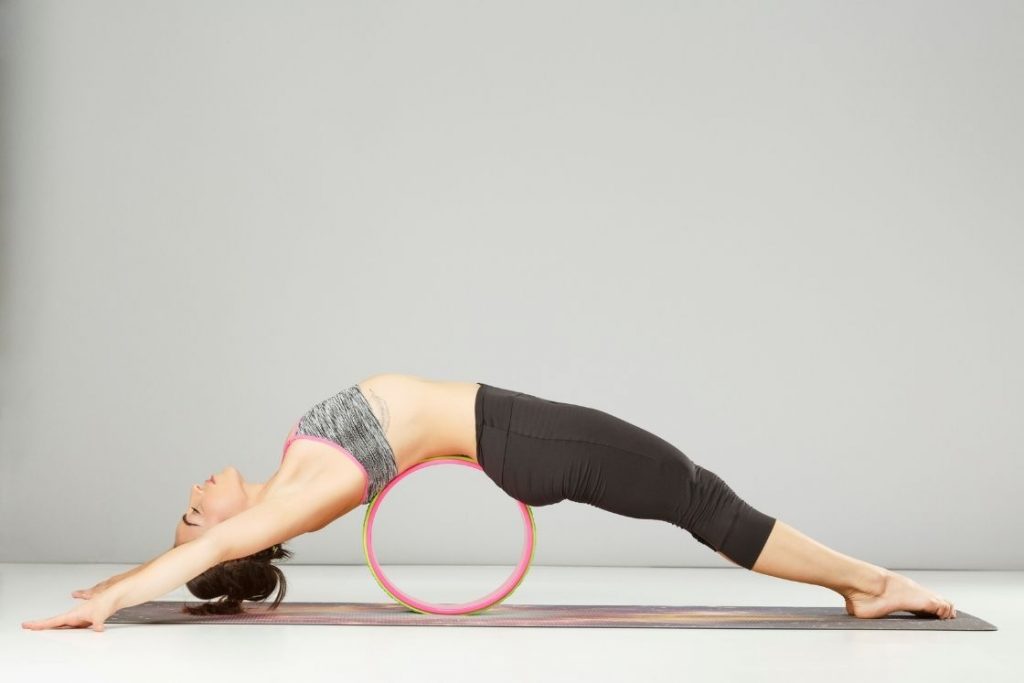
One can simplify the chakrasana pose by modifying the pose using props below;
- Yoga strap – Binding a yoga strap around the thighs is a helpful prop for the beginners. While raising the body off the floor in chakrasana, the yoga strap prevents the splaying of the knees and thighs.
- Yoga Wheel – You can bend backward by arching the back on the wheel to perform the pose. It helps in maintaining the arch in the back and aids in balancing the body.
- Chair – Sit on the floor with bent knees and the edge of the chair against the upper back. Bend your arms at the elbows grabbing the upper part of the chair with hands. Now, lift your hips off the floor adjusting the legs. Also, raise the upper body off the chair straightening the hands and lifting the heels to attain backbend.
- Yoga blocks – You can place yoga blocks under your palms while raising the body. This will ease the pose beginning either by lying on the floor or moving into a backbend from standing pose.
- Against a wall – Stand against a wall on your back. Raise the arms with an arch on the back to reach the wall with fingers facing the floor. Start walking the palms downward to finally reach the floor.
Variations
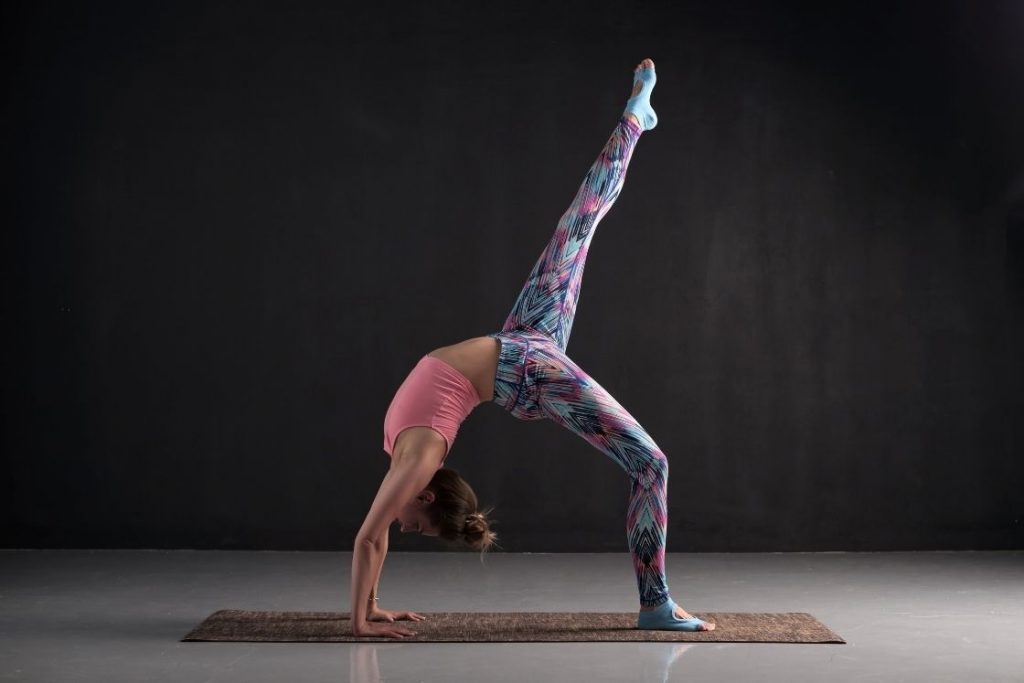
- Eka pada urdhva dhanurasana – It is an advanced variation of this pose. After attaining chakrasana, start lifting one leg off the floor and straighten it to with toes pointing to the ceiling. The body is balanced on both the arms and one leg.
- Chakra Bandhasana – From chakrasana bring the forearms to the floor by bending the elbows. Crawl your hands towards the heel as far as possible and lift the head setting your gaze backward. Also, walk your toes toward the palms and hold the pose.
- Camatkarasana – This variation begins with a downward-facing dog. Raise right leg off the floor and bend the knee gradual place of the ball of the foot to the floor. Raise the right hand off the floor to the left, opening the chest, and rotating the body into a backbend.
Therapeutic Applications
- Chakrasana is a pose that opens the chest fully, expands the lungs, and breathing capacity. It is ideal for asthma patients
Chakrasana Benefits
1. Improves spine flexibility
This is an intense back bending posture. It tones the back muscles by strengthening the spine. This causes the expansion of the spinal muscles with increased elasticity.
2. Strengthens the hands and legs
The arms and legs are actively engaged in chakrasana pose. The entire body is balanced on the four limbs that too in the backbend. This increases the endurance of the arms, shoulders, and leg muscles and makes them stronger.
3. Improves digestion
The lifted body while holding the pose stretches the abdominal muscles. It tones the abdominal organs leading to better functioning of the digestive system.
4. Balances the endocrine system
The neck and head are also engaged in the posture. The stretch in the neck stimulates the thyroid gland and the increased flow of oxygen to the head activates the pituitary gland. It improves the hormonal flow, regulates the metabolism, and thus maintains the endocrine system.
5. Improves circulatory system
The opening of the chest lifts the heart and massages it gently. This also stimulates the kidneys and spleen, eventually aiding in better circulation and purification of the blood.
A study of 2011 [efn_note] Hatha Yoga Program Determinants on Cardiovascular Health in Physically Active Adult Women http://www3.uacj.mx/DGPDI/Documents/Documentos_PIFI/3.3/ICB/3.3_ICB_Real_14.doc.pdf [/efn_note] proves that chakrasana along with other hatha yoga poses promotes cardiovascular health.
6. Boosts energy
Chakrasana is also an energizing posture. It provides spiritual benefits to the practitioner by aligning the energy chakras. This helps in rejuvenating the body and removes fatigue and lifts the mood.
7. Ameliorates vision
This pose is also beneficial in improving vision and maintaining eyesight. The balance and focus exercises and strengthens the eye muscles providing improved eyesight.
